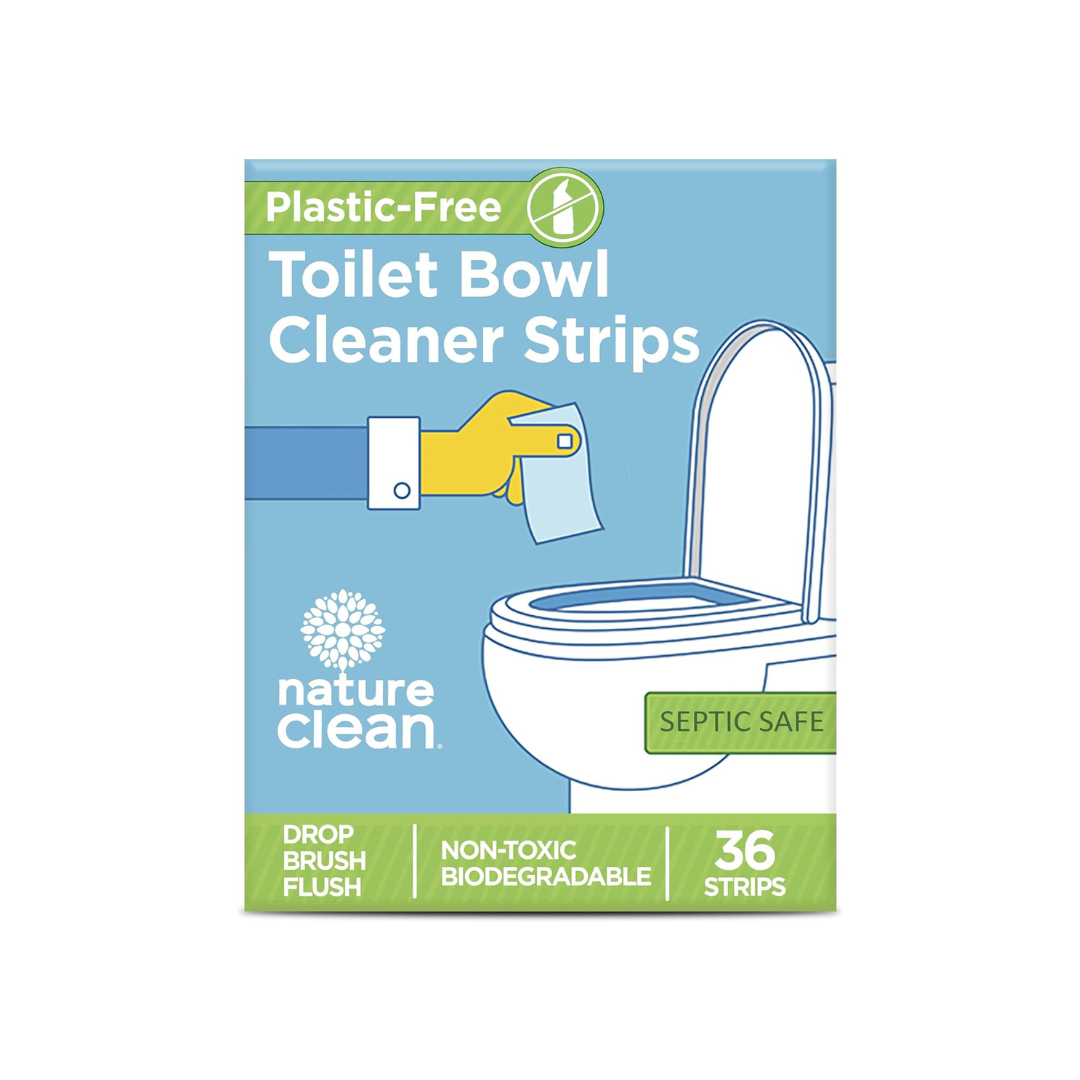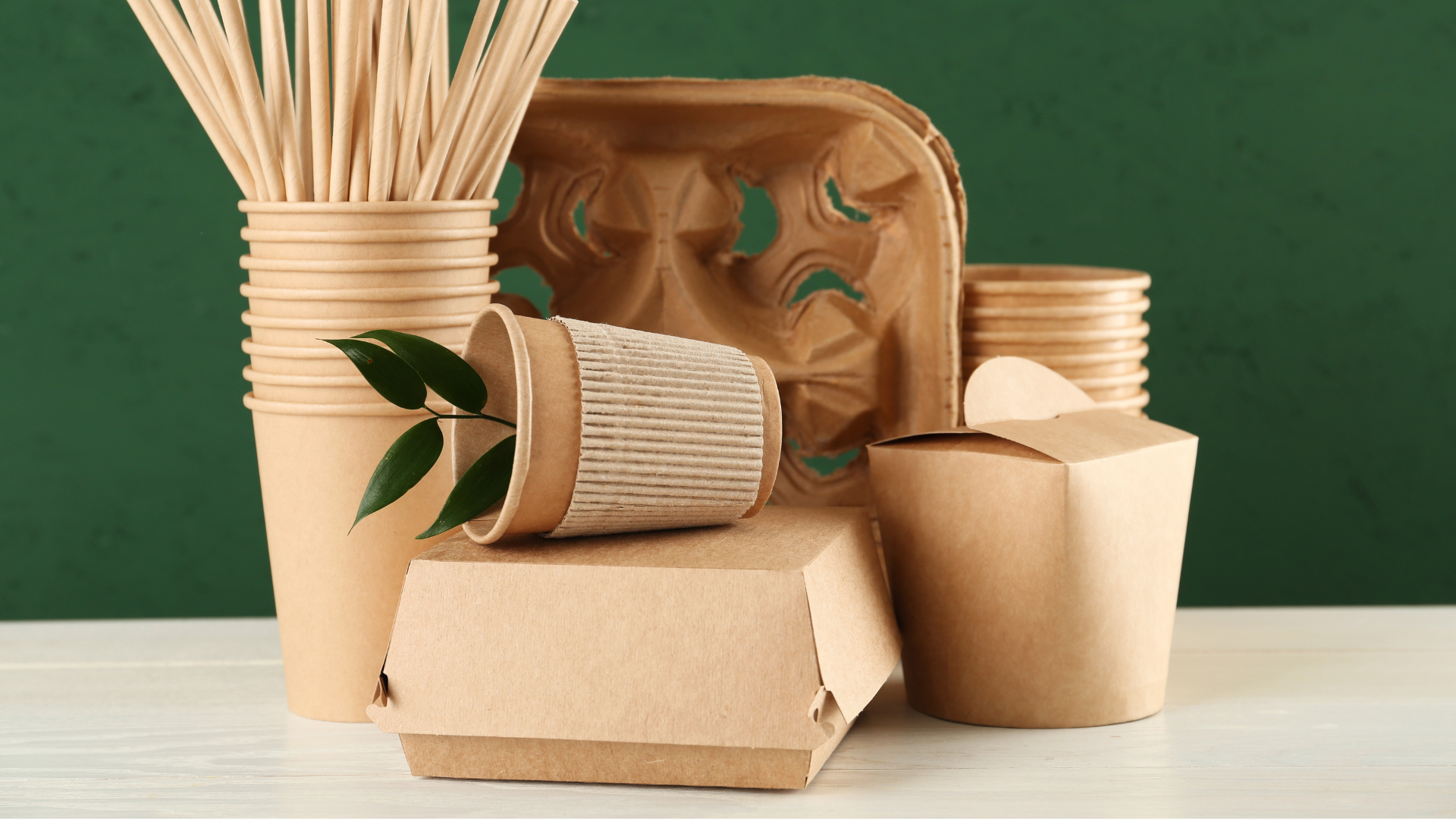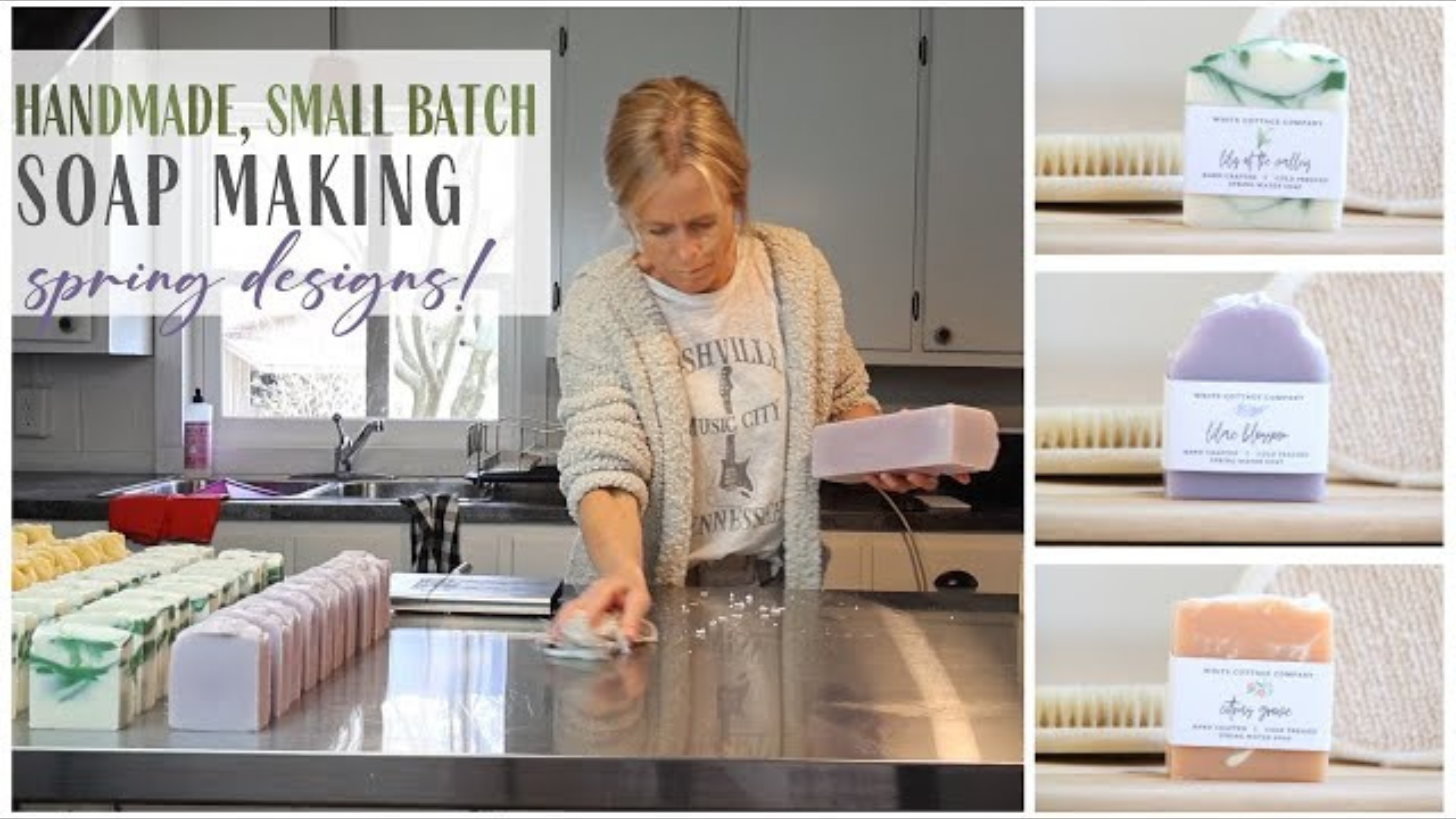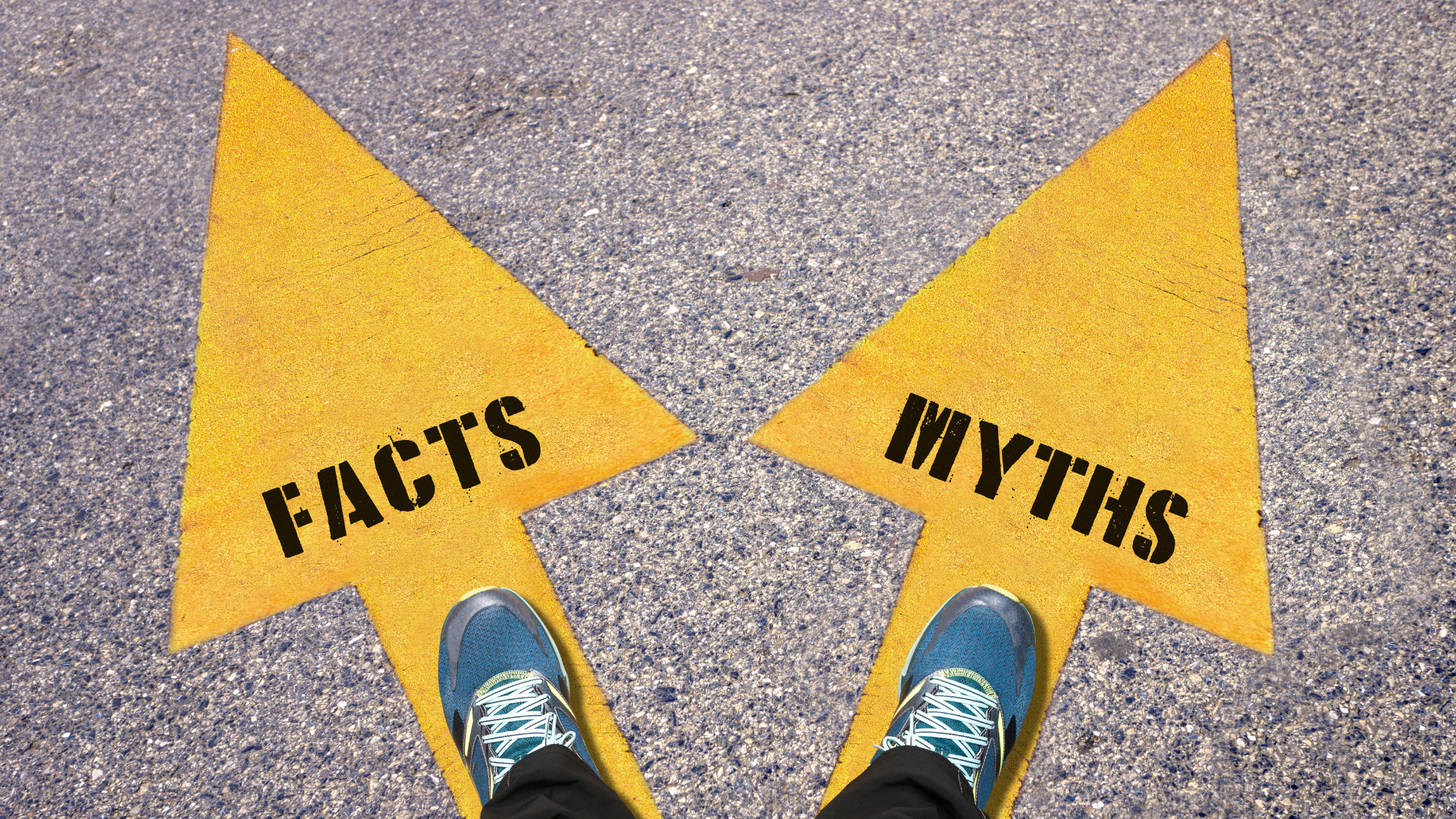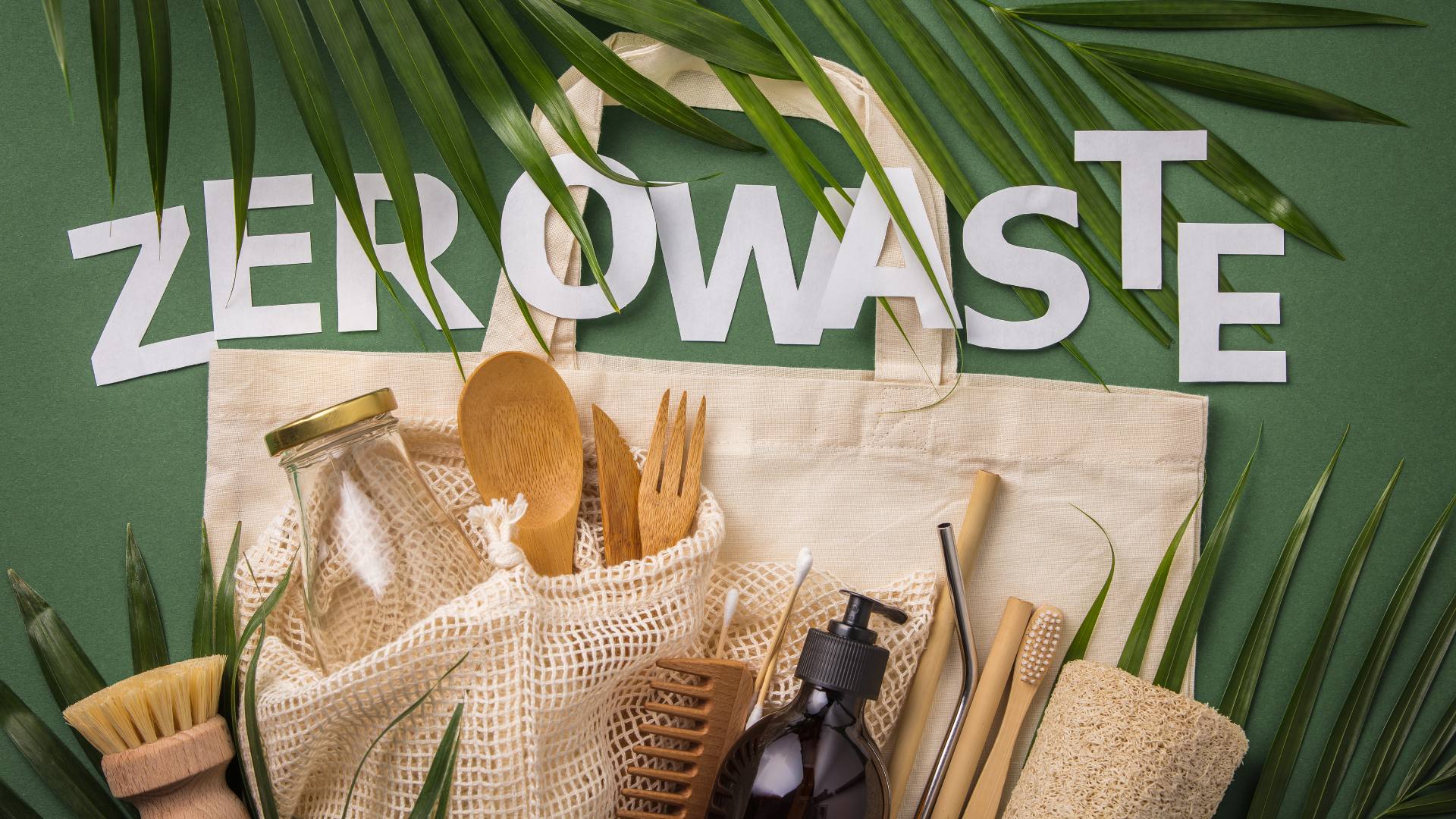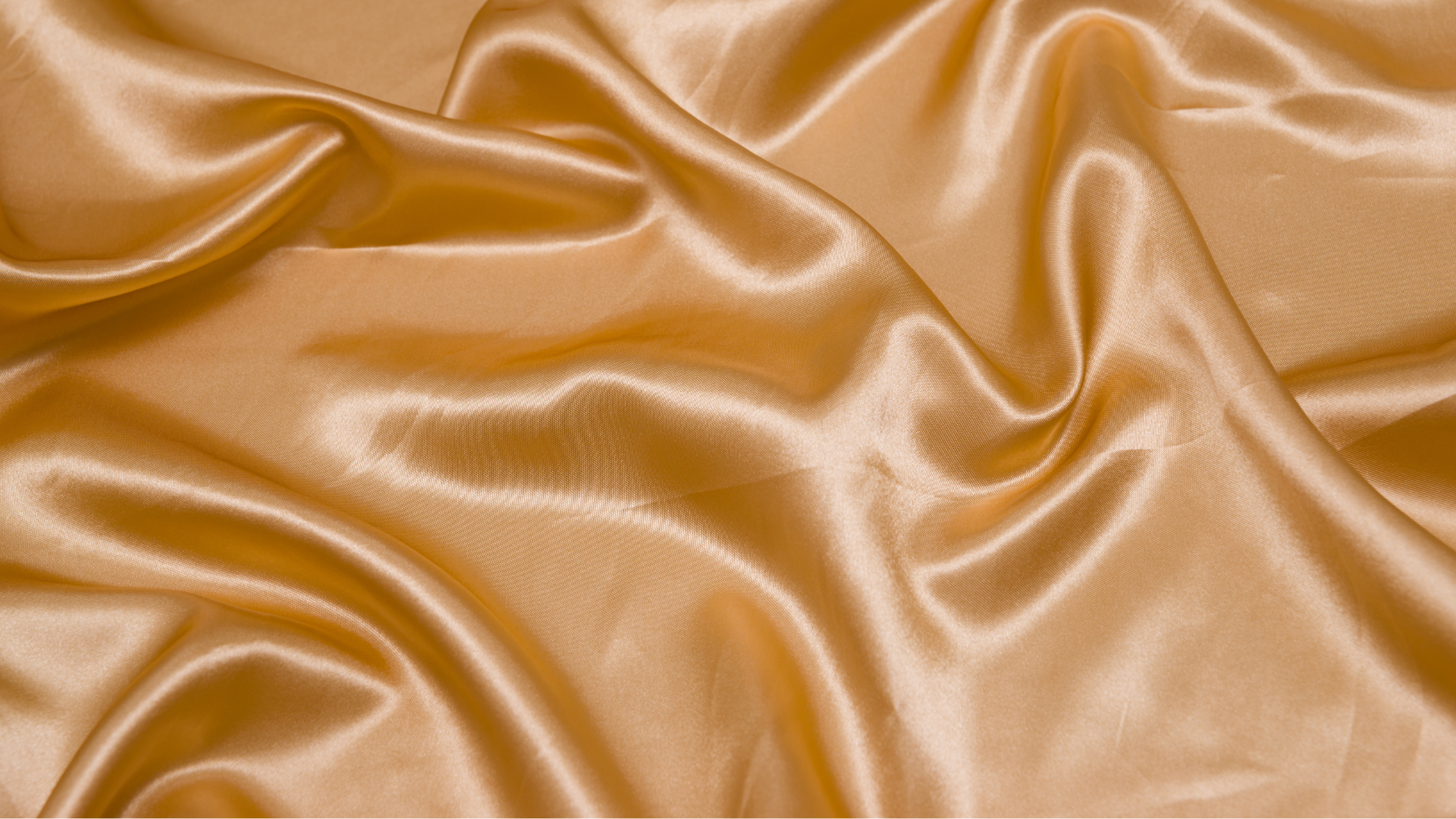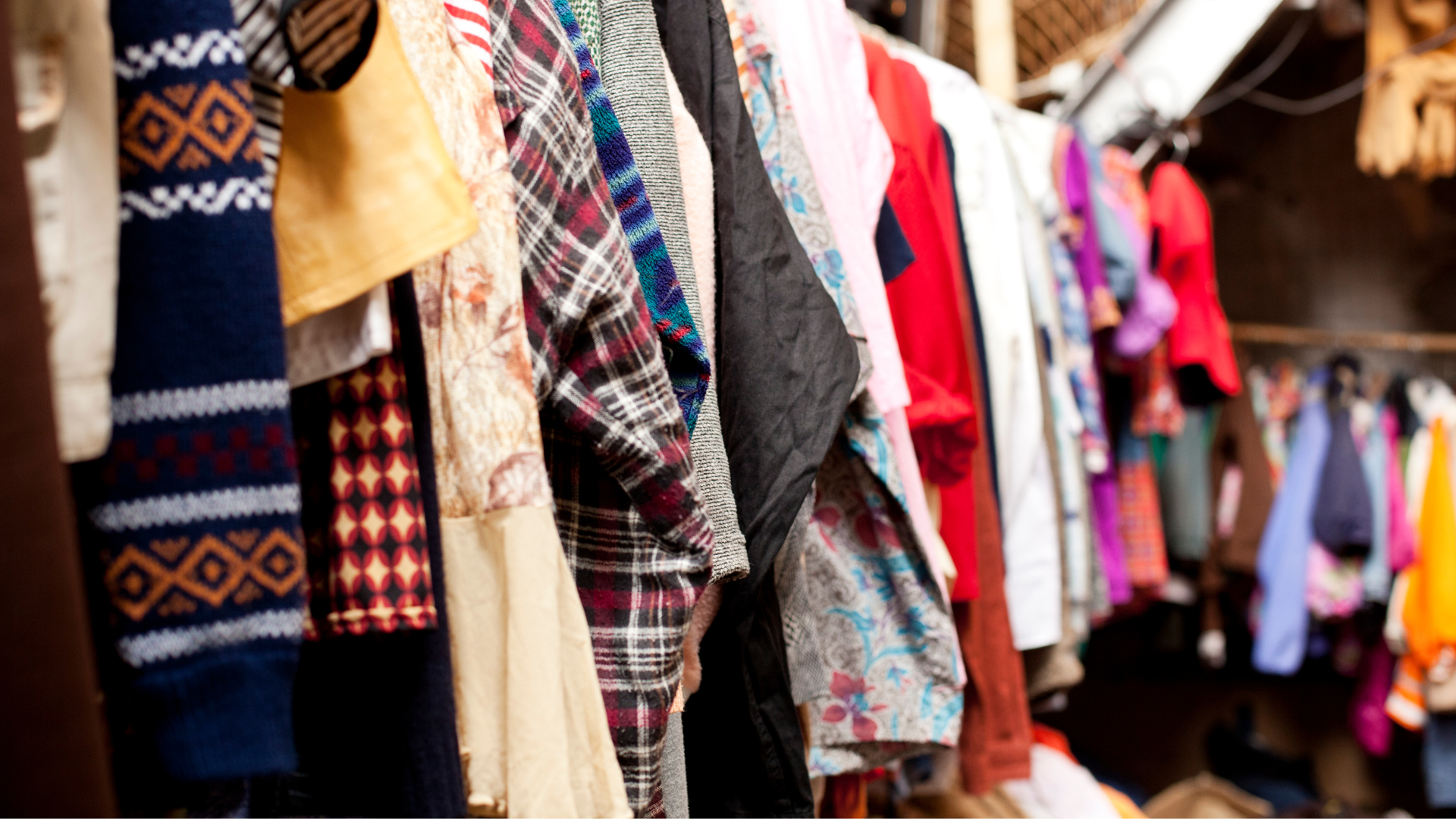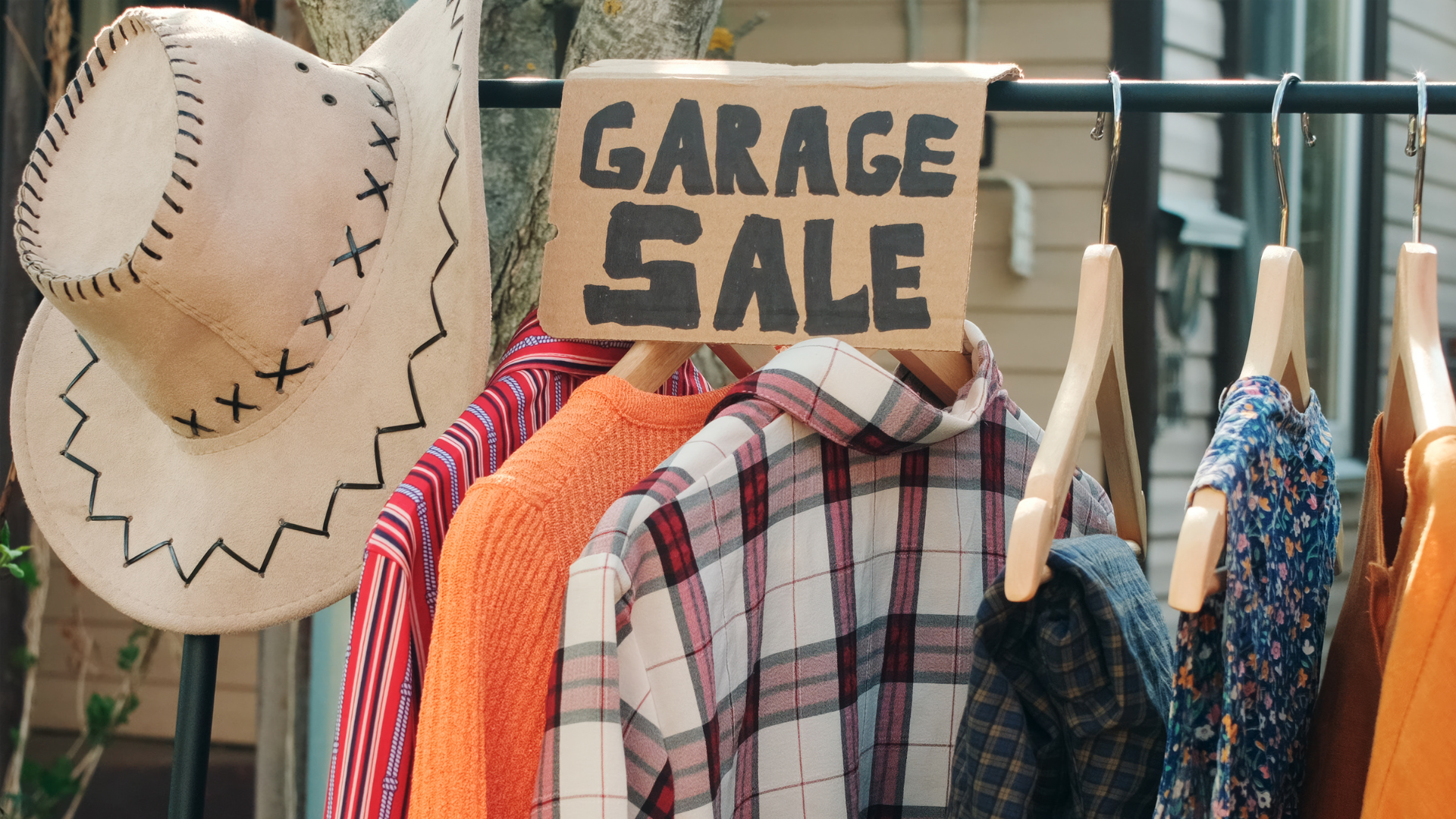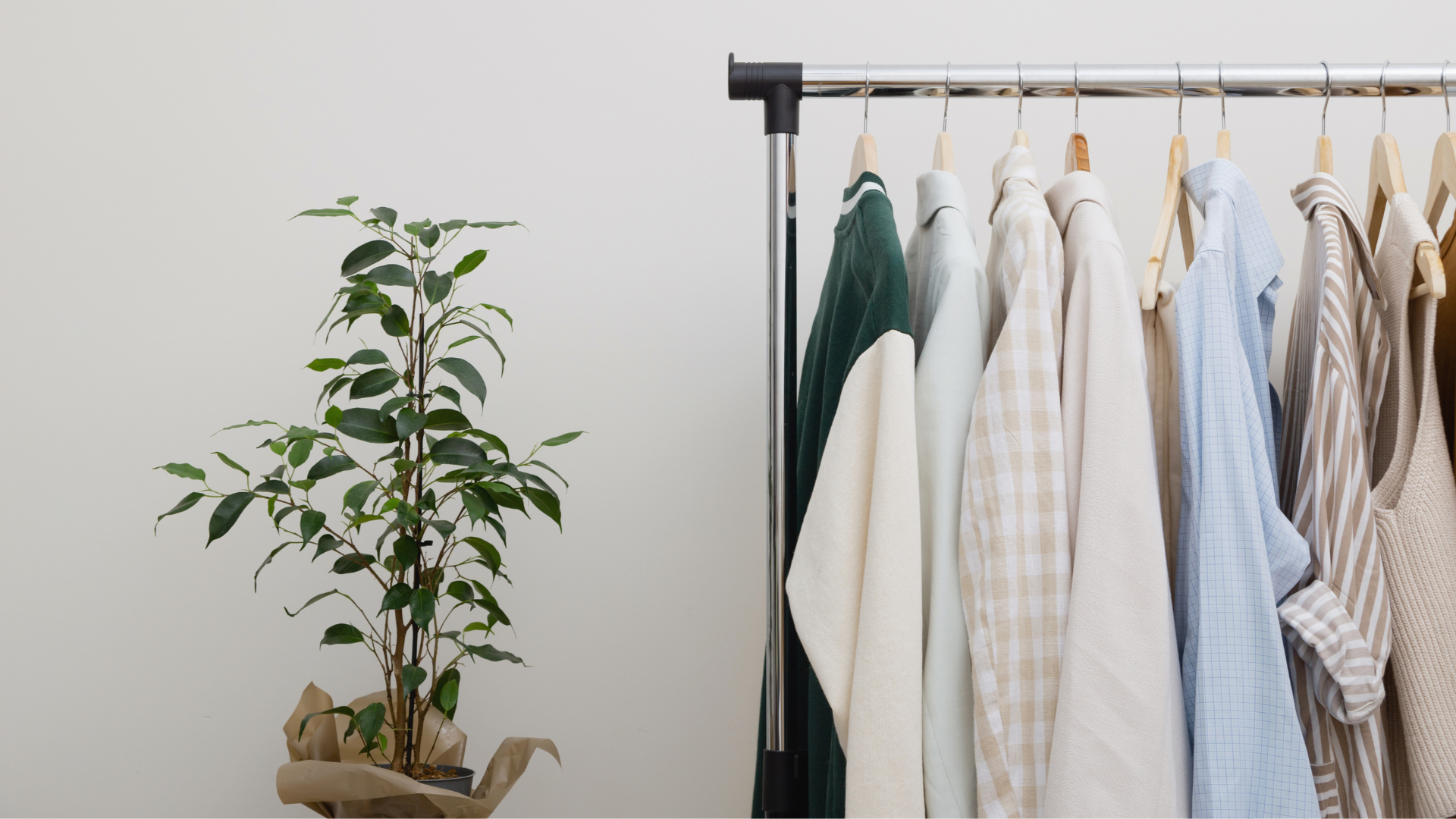In today's world, where environmental consciousness is more vital than ever, sustainable fabrics are becoming a cornerstone in the fashion industry. These eco-friendly alternatives not only help reduce the ecological footprint but also offer innovative solutions to the issues of waste and resource depletion. This guide will explore the ins and outs of sustainable fabrics, shedding light on their significance, types, and benefits.
The Importance of Sustainable Fabrics in Modern Fashion
Sustainable fabrics represent a shift towards a more environmentally responsible fashion industry. With the fashion sector being one of the largest polluters globally, integrating materials that are both eco-friendly and ethically sourced is crucial. These materials not only mitigate the impact on the planet but also promote better practices throughout the supply chain.
Types of Sustainable Fabrics
Organic Cotton
Organic cotton is grown without harmful chemicals and pesticides, making it a staple in sustainable fashion. It uses far less water compared to conventional cotton and maintains the soil's health.
Hemp
Hemp is a highly sustainable crop that grows quickly, does not require pesticides, and uses minimal water. It produces a fiber that is durable, absorbent, and becomes softer with each wash.
Bamboo
Bamboo fabric is known for its softness and antibacterial properties. It grows rapidly and absorbs more carbon dioxide than certain trees, making it a fantastic sustainable option.
Recycled Polyester
Recycled polyester is made from recycled plastics, reducing landfill waste and the use of virgin materials. It offers the same quality as new polyester but with a lower environmental footprint.
Tencel (Lyocell)
Tencel is a fiber made from the wood pulp of sustainable trees, such as eucalyptus. The production process is closed-loop, meaning almost all solvents and water are reused.
Benefits of Choosing Sustainable Fabrics
Opting for sustainable fabrics comes with numerous benefits:
-
Reduced Environmental Impact: They help decrease pollution and waste, conserving natural resources.
-
Support for Ethical Practices: Many sustainable fabrics promote fair labor practices and better conditions for workers.
-
Biodegradability: Many natural sustainable fabrics are biodegradable, ensuring they won't linger in landfills for centuries.
Challenges in the Sustainable Fabric Industry
Despite the benefits, there are challenges:
-
Cost: Sustainable fabrics can be more expensive due to the costlier production methods.
-
Availability: Finding a diverse range of sustainable fabrics can be difficult as they are not as widely produced as conventional fabrics.
The Future of Sustainable Fabrics
The future looks promising for sustainable fabrics as technology evolves and awareness increases. Innovations like bio-fabricated leather and regenerated fabrics are paving the way for even more sustainable options.
FAQs on Sustainable Fabrics
What are sustainable fabrics?
Sustainable fabrics are materials derived from eco-friendly resources, such as organically grown fiber crops or recycled materials.
Why are sustainable fabrics important?
They reduce the environmental impact of the fashion industry by using less water, chemicals, and energy.
Are sustainable fabrics more expensive?
Initially, they may be more expensive, but they offer greater durability and long-term benefits to the environment and society.
How can I verify the sustainability of a fabric?
Look for certifications like Global Organic Textile Standard (GOTS) or Oeko-Tex, which ensure the fabrics meet strict environmental and social criteria.
Can sustainable fabrics compete in quality with conventional fabrics?
Absolutely! Sustainable fabrics often exceed the quality of conventional fabrics in durability and tactile qualities.
Conclusion
As we move towards a more sustainable future, the role of sustainable fabrics in the fashion industry becomes increasingly crucial. By choosing these materials, consumers can drive demand for responsible fashion, encourage ethical practices, and make a positive impact on the planet.
Explore More on Sustainable Living:
For more insights on sustainable practices and to explore our range of eco-friendly products, check out our blogs on Sustainable Living and Home & Garden. Dive deeper into how you can contribute to a healthier planet and a more sustainable tomorrow.



